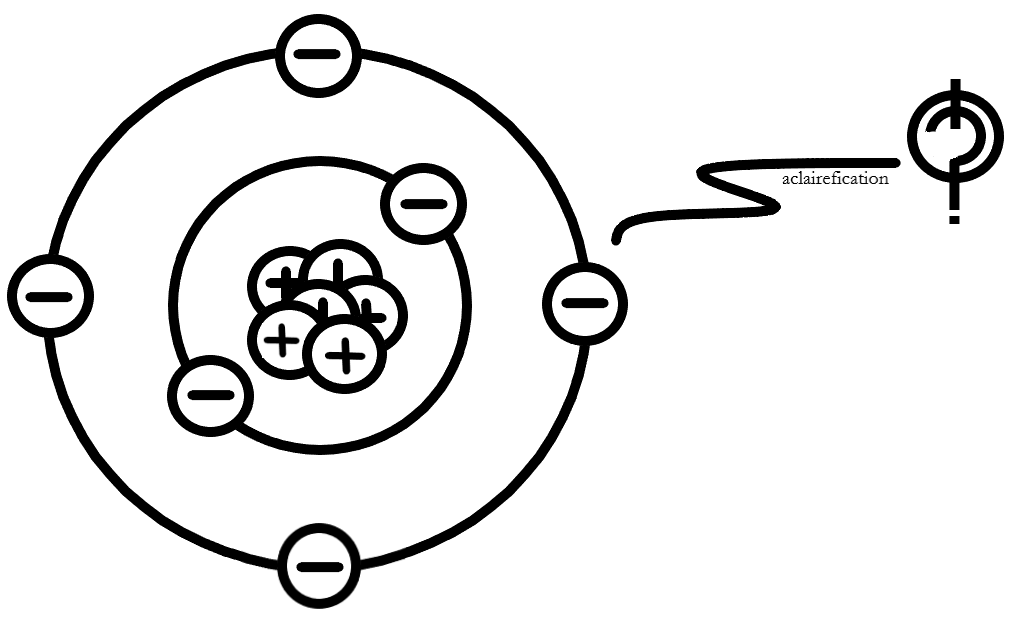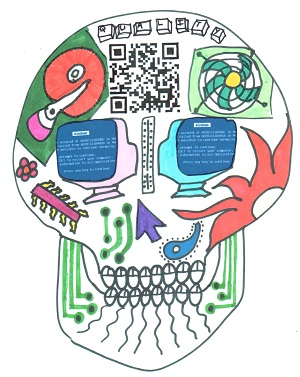Tags
CFP, conference, DevOps, event, proposal, serverless, Wardley mapping
In DevOps, there’s a pervasive theme of automating toil, which many would say contains all of testing. I’m just gonna say it: I come from the testing community. We’re people who constantly look for things we haven’t seen yet, who collaborate across roles, who explore the unknown, and who care about doing the right thing. Does that characterization surprise you? Yes, testing is complex enough to be a viable career and not just a thing we do until we can script it for a computer to execute.
So when I reached my limit of “X is going to kill Y” (in this case, DevOps and the testing profession), I finally went for it and joined a DevOps team as an agile tester. I wanted to see for myself that DevOps was the cultural sea change that would make my job role obsolete. If giving up my vocation was the right thing to do, I wanted to be ready with a deep understanding of the value of the new practices and to embrace the mindset shift. I wanted to be ready to bring others along with me on my voyage.

When I attended DevOpsDays Atlanta 2018, I didn’t know what the community would be like. Sure, I’d helped to review their proposals as part of the program committee, but who would I meet who would change me for the better? It was my first time hanging out at an event for people who might identify as “operators” instead of just “developers.” Would they welcome me, a person without any operations background?
Inclusive collaboration wasn’t just the theme of the conference: attendees and speakers shared their authentic selves and wholly embraced it.
Although my discernment of future direction is ongoing, I see as much diversity of thought in DevOps as in agile. The afternoon unconference was my favorite experience! This format is less structured, as you might expect from the name, allowing for free-flowing conversations that address the most current burning questions of the attendees. I found operators wrestle with similar collaboration conundrums. My questions and concerns found ready listeners and new proposed solutions (in addition to new questions!). This diversity of thought helped to open up my perspective on what is possible.
Collaboration with people from diverse backgrounds and viewpoints is a competitive edge. It’s also the right thing to do. We want to keep our professional and organizational options open. Distinct perspectives provide a greater ability to handle the breadth of competitive situations we face. We need new voices and different perspectives to make change possible.
I’m particularly excited about the possibilities this year in bringing 3 communities together! Whether you’re someone looking to refine your role in the context of today’s accelerating software delivery cycles or just curious about how much DevOps, serverless, and (Wardley) mapping enthusiasts have in common, this year’s event is for you!
Our call for proposals ends February 28th (that’s today, procrastinators!), so there’s still time to share the unique experiences that only you can bring, whether through a 30 minute session or a 5 minute ignite talk. If you prefer to attend and then propose topics on the fly like I do, the afternoon unconference provides that space for emergent value.
Let me assure you that constant learning isn’t easy! Change is hard – and worth it. I expect the supportive environment I’ll find at DevOpsDays Atlanta / serverless days Atlanta 2019 / Map Camp 2019 is exactly what I need to just keep swimming. We could all use some help staying afloat.




